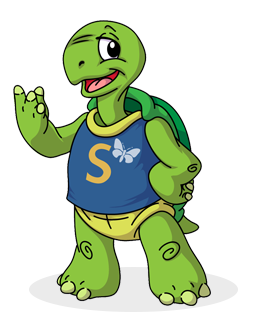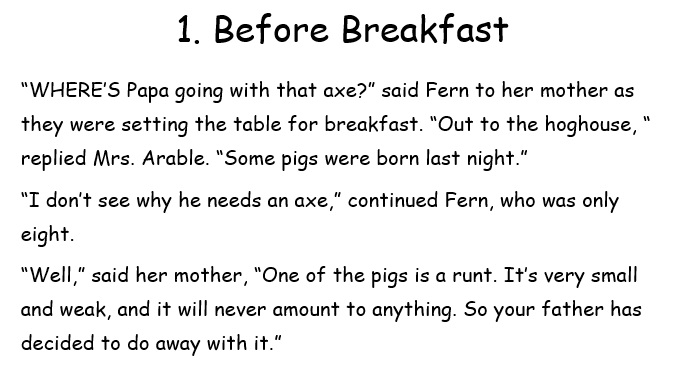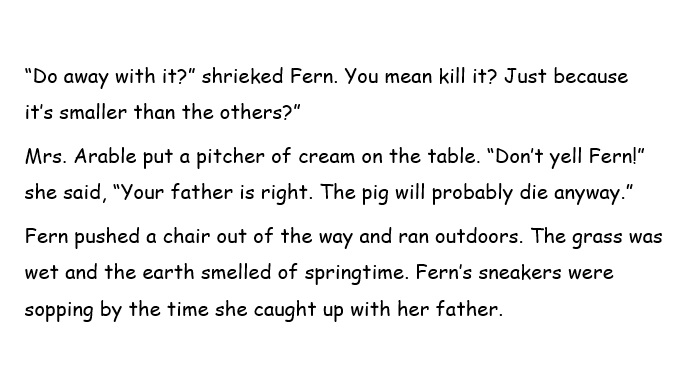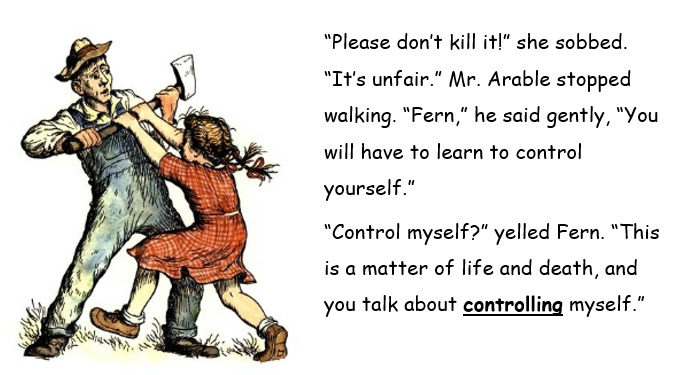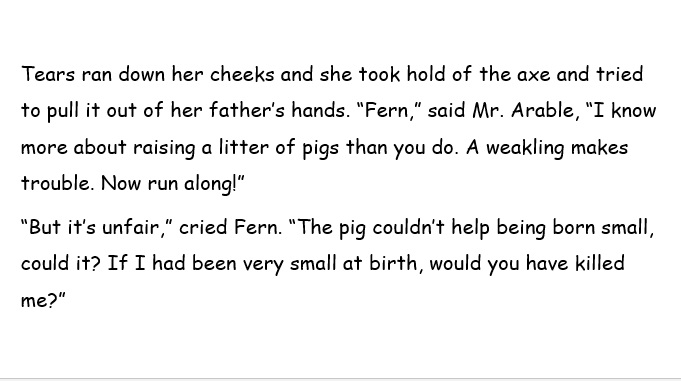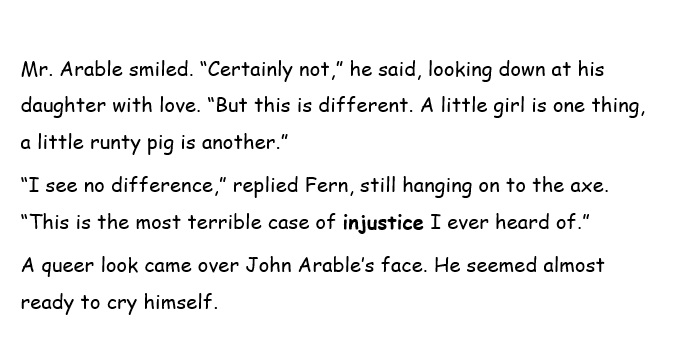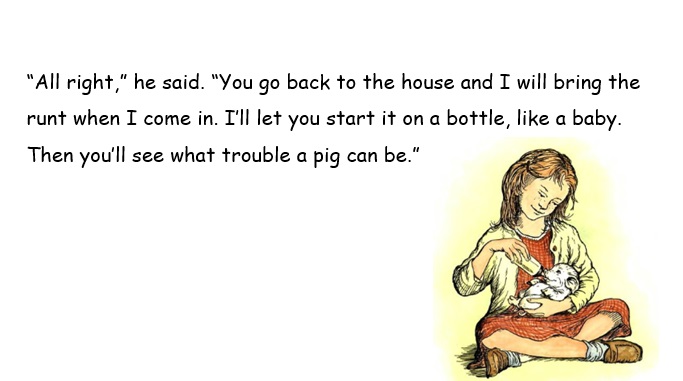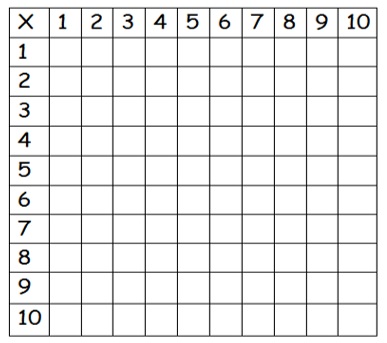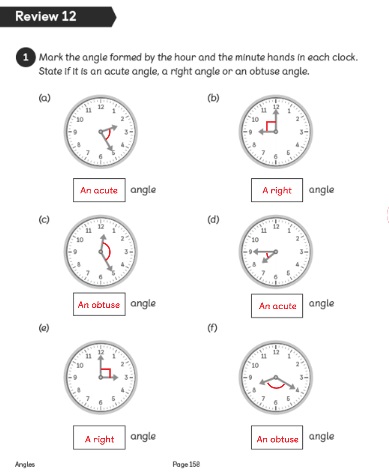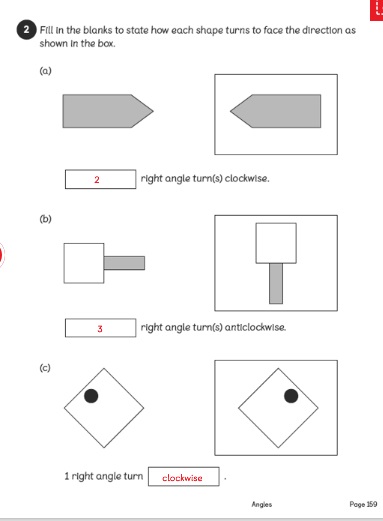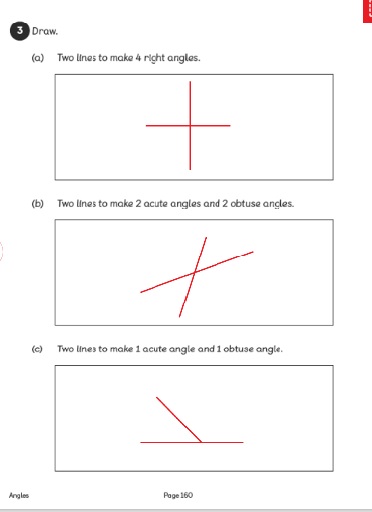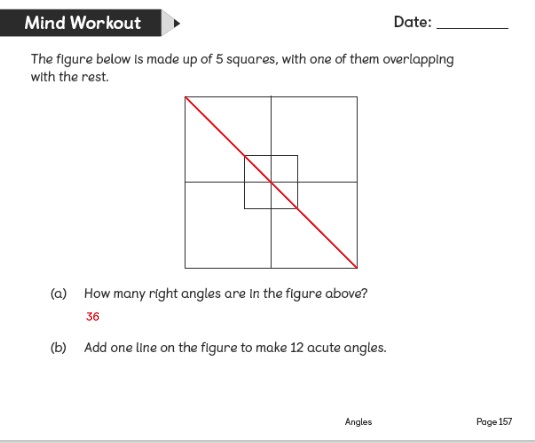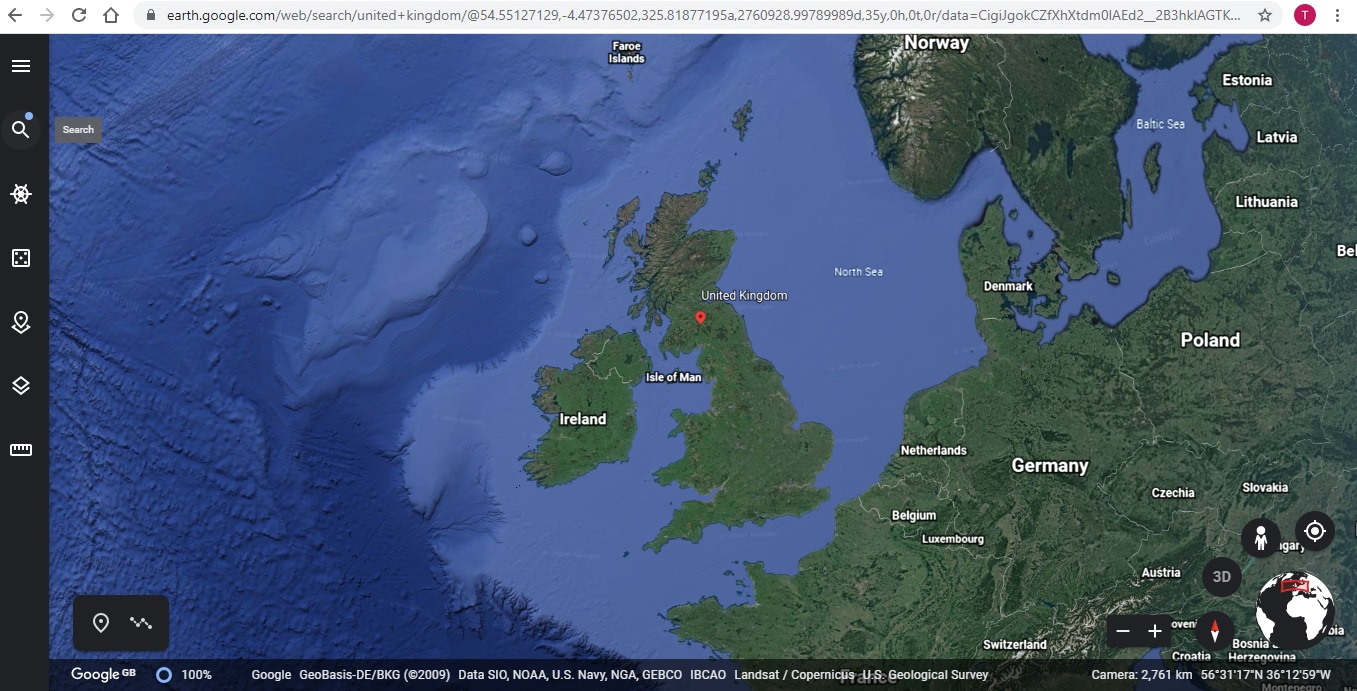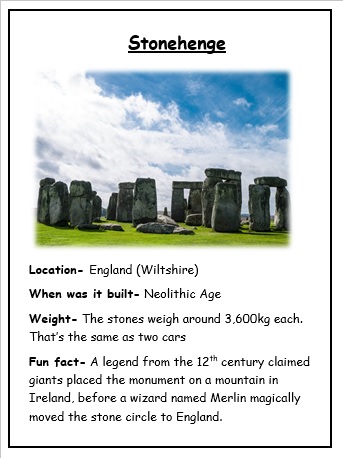Tuesday 19th May – Home Learning
I hope yesterday went well?
Just a quick reminder…if you could send me picture of your child with a piece of their home learning at some point this week to t.prior@southill.dorset.sch.uk then I will make sure that it makes an appearance in the ‘end of the week’ class video. It would be great if we could see as many Year Three faces as possible!
In addition, remember it is essential to ‘check-in’ during the week so please email me to let me know that you are ok. See it as us simply taking the register.
Apart from that, have an amazing day and I hope you enjoy all of the activities.
Mr. Prior ?
Spellings
Here are this week’s spellings to learn for Friday.
decide
describe
different
difficult
disappear
Challenge- find out what the spellings mean using a dictionary and try to use the words in your own brilliant sentence.
Reading
Please ensure your children reads daily for at least fifteen minutes. A combination of them reading independently, out loud to an adult and letting them listen to the story being told by the adult is advisable. Simply record any reading in your child’s reading record book. Remember to also quiz your books.
IMPORTANT REMINDER- we are still monitoring book quizzes on Star Reader so please ensure your child is still doing them. Children are more likely to do well on quizzes if they are able to quiz the book straight after reading it. Parents- you are also more than welcome to read the question out loud for your child if it helps them.
Challenge- As you have already written a film review, why not have a go at a book review as well? Think about how you are going to introduce your review and how you are going to structure it using subtitles.
Writing Task- Charlotte’s Webb
In Year 3, we frequently gather round and look at a story, have a chat about it and then try to answer some questions based on what we have heard/read. One of Mr. Prior’s favourite stories is Charlotte’s Webb. A cracking story filled with animals and cliff-hangers.
Sometimes, children understand a story better by hearing it. Sit back, relax and feel free to listen to the first part of Charlotte’s Webb below:
Charlotte’s Webb
Based on what you have heard and read, have a go at the questions below. Remember to write your answers in sentences and use evidence from the text to support your answer. You have two days to complete this so take your time. Remember to also leave a line space between each answer.
Follow the link in order to see the comprehension questions for Charlotte’s Webb – Charlotte’s Webb Questions
Challenge- Once you’ve finished the questions, why not:
-Design two of your very own questions, based on Charlotte’s Webb, that you could ask a partner
-Make a prediction as to what you think may happen next in the story.
-Film yourself reading an extract from a book of your own choice and design questions for it.
Arithmetic – SPEED TABLES
100 questions, 7 minutes. It ain’t easy being SPEEDY!
Maths No Problem Task- Identifying Perpendicular Lines
First of all, here are the answers to the ‘Chapter Review’ questions from Monday (page 158-160). Answers may vary on page 160.
In focus (page 216)- To begin with, ask pupils to recreate their right-angle testers. Show them the In Focus task and ask them to use their right-angle tester to identify the right angles in the swing set. Ask them to show you which two lines meet to make the right angles. Explain the two lines that meet to make right angles have a special name. Do you know what they are called? Tell them they are called perpendicular lines. Can the children identify any perpendicular lines in the room they are in using their right-angle testers? Guide pupils to realise that if they can find a right angle, they can find perpendicular lines!
Let’s Learn (page 216-217)- Show pupils Let’s Learn 3. Lead them to see that lines can be labelled using letters. In the example, we can say that line AB is perpendicular to line CD. Then look at Let’s Learn 4 where Elliott has had a go at finding perpendicular lines. Is he correct? Hopefully the children should realise that Elliott is correct on the first two, however the last shape he is wrong as the lines are not perpendicular (they do not meet at a right angle).
Guided Practice (page 218) – Encourage children to label each corner of the table with a letter (A B C D E etc.). That way they can list the pairs of lines, e.g. A D is perpendicular to A F.
Encourage children to use their right angle measurer and rotate the textbook around to help them see shapes and lines from different angles in order to identify the perpendicular lines.
Workbook (pages 161-164)- Children to have a go at the questions in the workbook. Remind the children to read the questions carefully. What does it ask them to do? Circle? Tick? etc.
As this is the first lesson on perpendicular lines, support may be needed.
I will post the answers to these problems on Wednesday. Good luck!
Topic-based task – Google Earth and Mini-Fact Files
Have you heard of Google Earth? Well, if you haven’t it’s amazing! It allows you to look at any part of the world from the comfort of your own home. You can even find your own house! How cool is that!?
Well, to round off our topic, I thought it would be fun to find famous Stone Age monuments on Google Earth and either sketch them (or print them off). Then, using the powers of the internet, you could find some short, sharp facts about each one in order to produce mini-fact files. Interestingly, Stonehenge isn’t the only monument that has lasted the test of time…these have too:
-Men-an-tol or the Devil’s Eye
-Skara Brae
-Cheddar Gorge
-Newgrange
-The Rollright Stones
-The Devil’s Arrows
-West Kennet Longbarrow
– Lanyon Quoit
You will need to use Google Chrome for this to work. To use Google Earth, follow this link or copy and paste it into the search bar on Google Chrome: https://earth.google.com/web/search/united+kingdom/@54.55127985,-4.4737716,4.92662568a,2761249.88611428d,35y,0h,0t,0r/data=CigiJgokCZfXhXtdm0lAEd2__2B3hklAGTKWTah0tPi_IaUhV_sWsADA
Then, when you have a page that looks like this…
- Here we see the United Kingdom. Can you find your house?
Click on the magnifying glass on the left hand side and search where you would like to go. Then, you can press the plus button in the bottom right hand corner to get a better video.
That’s not all!! It even gives you links to the Wikipedia page where it will give you fascinating facts about this place.
Have a go at finding the various Stone Age monuments on Google Earth and write a little fact file about each of them. I have prepared one for you to look at below:
How many mini-fact files can you create? Remember, we are looking for quality! High-expectations on presentation and enjoy! You may even wish to create this on the computer using PowerPoint, Word or Publisher.
You have all week for this activity so take your time and produce something to be proud of.
Other Fun Ideas and Activities
Keen to do more? Not ready to call it a day? Then why not give some of the activities below a go (who knows, you might enjoy it)…
Science Experiments- Rummage around in the cupboards and you may like to have a go at some of these wicked science experiments! Make a massive marshmallow, create a bouncing egg, make pepper swim (link to the importance of washing hands) create a tornado in a glass, create dragon eggs, make your own slime, make a hovercraft balloon or even a skittles rainbow.
Get the children making predictions as to what may happen, draw labelled diagrams and then carry out the experiment. What did you learn from the experiment? Write a little conclusion to show what you have found out.
Want to know how to do these experiments? Visit some of the websites listed below…
https://www.dayoutwiththekids.co.uk/blog/easy-cool-science-experiments-for-kids
https://sciencekids.co.nz/experiments.html
https://mashable.com/article/science-experiments-for-kids/?europe=true
D&T- The Eggstremely Fun Egg Drop
Using only- a carrier bag, 4 pieces of string, a yoghurt pot, 4 pieces of Sellotape, 1 small blob of Blu-tak and a 2 pieces of paper, can you create a parachute for Eggward III?? Once you have designed and created your parachute, supervised by an adult, drop the parachute with Eggward inside and see if he survives! Teaching tip- Let children see the resources first, then get them to draw a labelled diagram of their parachute before building.
Great fun for all the family!
JOKE BOOK- Did you enjoy video from a few weeks ago? If you haven’t seen Jester Prior delivering his all-time favourite jokes yet, then visit the Year 3 news page. Why not create your very own joke book? You could create a title page and note down some of the funniest jokes you can think of. I’m sure your parents could do with a laugh! ?
Audible- a great app which you can download and contains many free books (great to listen to before bedtime).
Prior’s Top Audible Picks – Kid Normal by Radio DJ Greg James (and Chris Smith).
-Diary of a Wimpy Kid – Wrecking Ball by Jeff Kinney
-Harry Potter and the Chamber of Secrets by JK Rowling
-The Gift of Dark Hollow (the sequel to Podkin One-Ear) by Kieran Larwood
– Slime by David Walliams
Alternatively, if you’re a real keen Walliams fan, he is currently releasing a lot of chapters of his books for free! This includes an audio story from The World’s Worst Children every day for the next 30 days! Check out this link- https://www.worldofdavidwalliams.com/elevenses-catch-up/
Sumdog- Online maths and literacy questions delivered through entertaining games. Simply create a login totally free of charge, create an avatar and let your children explore and play. Mr Prior’s favourite game…JUNK PILE! It’s addictive- be warned. Parents- you can also set certain questions on there for your children to focus on. Any questions, please email me.
Maths Factor- KEEN FOR EVEN MORE MATHS? Carol Vordeman has made her website free during this strange time…feel free to login and check out some of the activities- https://www.themathsfactor.com/
ICT- Fancy becoming quicker at typing and brushing up on your fine motor skills? Why not have a go at BBC Dance Mat Typing…Dancing for your fingertips…you know the drill…follow the link- https://www.bbc.co.uk/bitesize/topics/zf2f9j6/articles/z3c6tfr
French- Why not have a go at learning ‘Heads, shoulders, knees and toes in French?
Once you think you’ve mastered it, get your parents to test you on the various parts of the body.
Lexia- If you have a Lexia account, please feel free to login and try to do it for at least 15 minutes.
The Daily Mile- If you have a garden big enough (or a quiet field nearby) why not head out for the Daily Mile? 15 minutes…how many laps can you do?
PE- It’s a new day, so why not learn a new dance?

